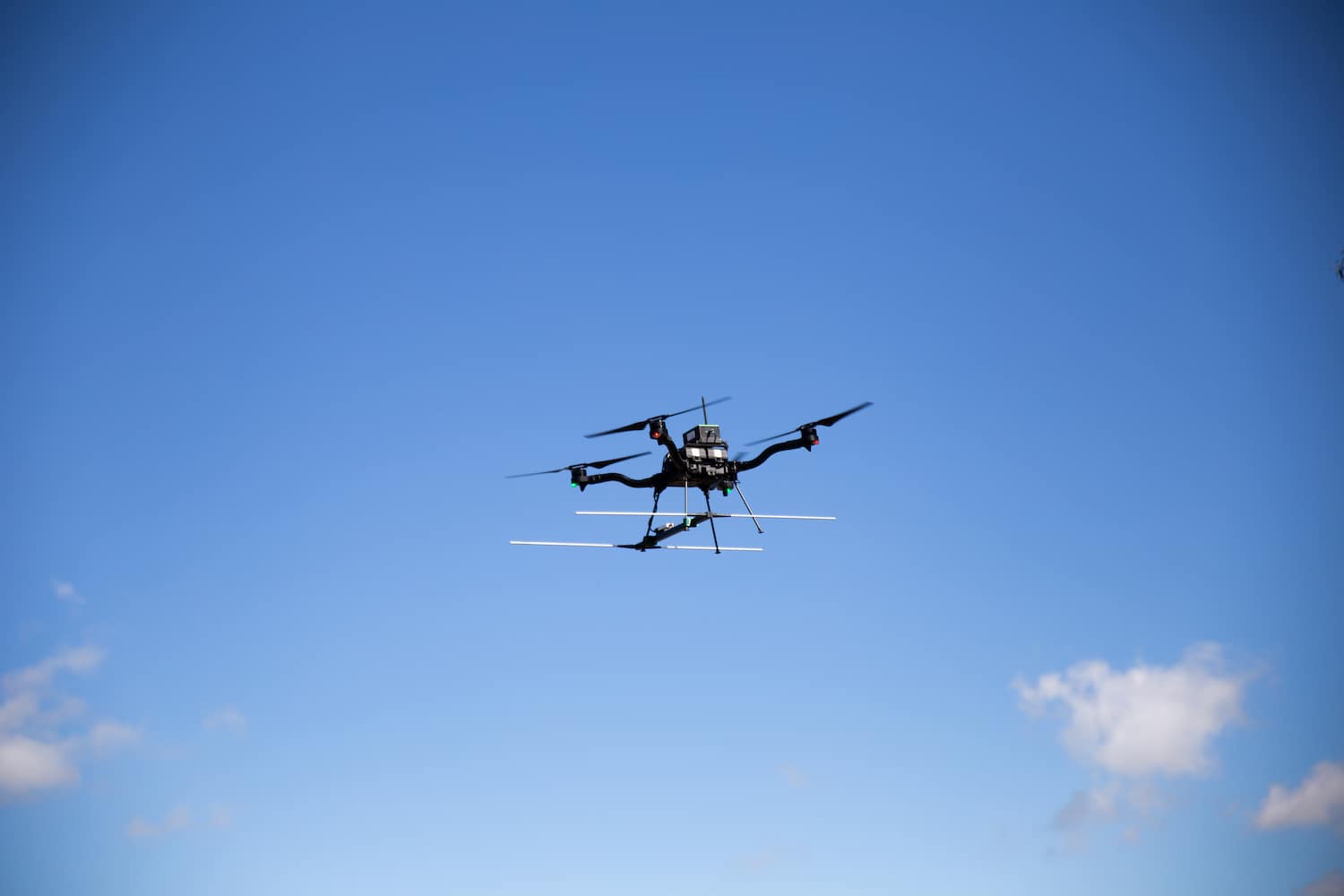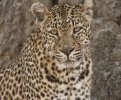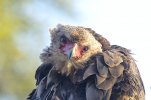Anyone here use their drone to shoot wildlife, like whales, sharks, schools of fish, flocks of birds, deer, etc? I'm curious which drones you find the best for this kind of activity? Can you take some good wildlife photos with an Air 2S? Or is a telephoto imperative? I've wondered if I would really need a telephoto like that on the Mavic 3--but on the other hand, considering one has to find the animal first, and they can move quickly, maybe a telephoto is not the answer as it is likely hard to track a moving animal with a telephoto from a drone anyway. And I've heard mixed reviews about the quality/capabilities of the M3 telephoto camera anyway.
So which drone do you recommend for this kind of photography? Which drone is the best? And which is adequate?
What are some important tips for doing this kind of drone photography?
So which drone do you recommend for this kind of photography? Which drone is the best? And which is adequate?
What are some important tips for doing this kind of drone photography?
















